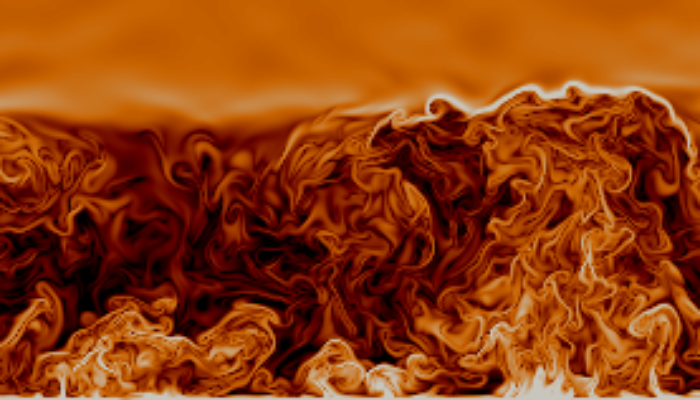This isn’t a new fashion trend in meteorology. For model developers, these unexpected stripes are a sign that something has gone wrong in the complex digital engine that powers our forecasts. Recently, our team at CMA Earth System Modeling and Prediction Centre (CEMC) encountered these very stripes in wind forecasts produced by an operational global model. We played the role of scientific de ...[Read More]
Harnessing Machine Learning to Advance Tropospheric Ozone Science
Machine learning (ML) and Artificial Intelligence (AI) offer powerful tools to address long-standing scientific challenges. At the molecular scale, we’ve seen projects like AlphaFold discover unknown protein structures and how they might interact with other molecules. At the planetary scale, ML-driven models like GraphCast (Google), AIFS (ECMWF) and ACE (Allen Institute for AI) are revolutionizin ...[Read More]
Nitrogen dioxide disparities in the time of COVID-19: How satellite data can facilitate environmental justice studies during this natural experiment and beyond
Around the world, the most vulnerable, marginalized, and racialized are disproportionately impacted by a variety of environmental stressors such as extreme heat, health-harming air pollution, and the growing impacts of climate change. In the United States, research has uncovered how Black and Brown communities and those with lower socioeconomic status are exposed to higher concentrations of many a ...[Read More]
Crowdsourcing air quality management data from: A pilot study in India
India is experiencing an “Air apocalypse” and the Global Burden of Disease study has estimated the death toll has reached 1.67 million in 2019. Almost 100% of the population is now exposed to PM2.5 level higher than WHO (World Health Organization) recommendations. However, common citizens are generally unaware of the seriously damaging effects of poor air quality, largely because of the lack of ad ...[Read More]
Face masks effectively limit the probability of SARS-CoV-2 transmission
Face masks have been widely advocated to mitigate the airborne transmission of viruses including the severe acute respiratory syndrome coronavirus 2 (SARS-CoV-2) (e.g., Lelieveld et al., 2020). They can reduce the emission and spread of respiratory viruses through airborne droplets and aerosols as well as the inhalation of airborne viruses. The effectiveness of masks, however, is still under debat ...[Read More]
What can we do to improve gender diversity in the workplace?
The number of women in science and academia drops with each career step in the fields of science, technology, engineering and mathematics (STEM fields). This systematic under-representation of women towards the top of the academic career path is called the “leaky pipeline”. In Germany about 50% of the students in mathematics and natural sciences are women, but there are only 20% of fem ...[Read More]
February 2021: A dusty month for Europe
In February 2021, two major Saharan dust events hit Europe. Because of the prevailing weather conditions in the first and last week of February, several million tons of Saharan dust blanketed the skies from the Mediterranean Sea all the way to Scandinavia. The sandy sky was observed almost everywhere in Europe (Fig. 1). Moreover, the stained cars and windows indicated the dust deposition (Fig. 2 – ...[Read More]
EGU’s Climate: Past, Present & Future and Atmospheric Sciences Divisions welcome the US back into the Paris Climate Agreement
As of 19 February 2021, the US officially re-joined the Paris Climate Agreement, a landmark international accord to limit global warming by 2°C (and ideally to 1.5°C) compared to pre-industrial levels. The Paris Climate Agreement aims to bring the world together to avoid catastrophic warming that will impact us all and to build resilience to the consequences of climate change that we are already s ...[Read More]
Using cloud microphysics to predict thunderstorms: How modelling of atmospheric electricity could save lives

The last three decades were the warmest in the history of meteorological observations in Europe. Temperature rise is accompanied by an increase in the frequency and magnitude of extreme weather and climatic events, which are the main risks for population and environment associated with modern climate change. An important class of such phenomena includes severe rainfall, tornadoes, squalls, and thu ...[Read More]
A simple model of convection to study the atmospheric surface layer
Since being immortalised in Hollywood film, “the butterfly effect” has become a commonplace concept, despite its obscure origins. Its name derives from an object known as the Lorenz attractor, which has the form of a pair of butterfly wings (Fig. 1). It is a portrait of chaos, the underlying principle hindering long-term weather prediction: just a small change in initial conditions leads to vastly ...[Read More]





